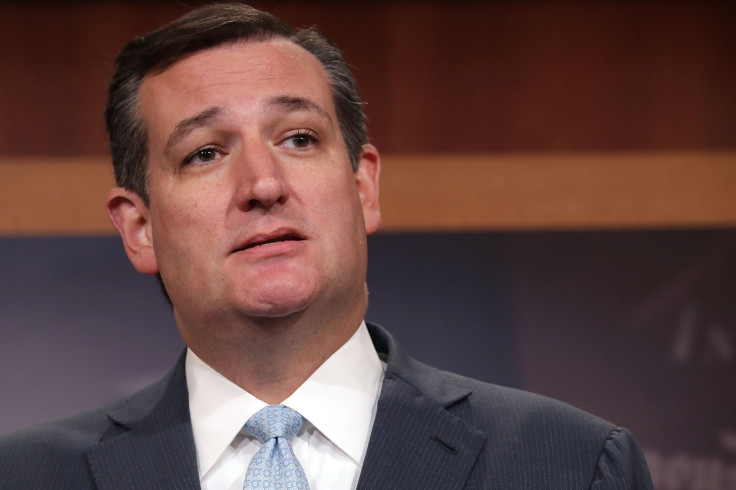Coronavirus US Update: Ted Cruz Announces Self-Quarantine After Contact With COVID-19 Patient

Sen. Ted Cruz (Republican-Texas) has announced that he is imposing a “self-quarantine” after a brief encounter and a handshake with an individual who later tested positive for the coronavirus.
House Rep. Paul Gosar, a Republican representative of the 4th district of Arizona, is following Cruz’s lead and imposing a self-quarantine after contacting the same infected individual.
Cruz said his decision to remain in his Texas home for a full 14 days is “out of an abundance of caution” for his constituents, even though the interaction did not meet the Centers for Disease Control and Prevention (CDC) criteria for self-quarantine.
Both men were attending the Conservative Political Action Conference (CPAC) held in late February in Maryland when they met the unnamed attendee who later tested positive for COVID-19. It is believed he was infected before the conference.
Sen. Cruz released a statement on Monday via Twitter that he had been informed of the situation on Saturday evening and confirmed that he had a brief conversation and a handshake with the COVID-19 infectee. The tweet said, “I’m not experiencing any symptoms, and I feel fine and healthy.”
The statement continued, “Given that the interaction was 10 days ago, that the average incubation period is 5-6 days, that the interaction was for less than a minute, and that I have no current symptoms, the medical authorities have advised me that the odds of transmission from the other individual to me were extremely low.”
Other CPAC attendees included President Donald Trump and Vice President Mike Pence plus other officials including Secretary of State Mike Pompeo, HHS Secretary Alex Azar, Ivanka Trump and Donald Trump Jr.
Matt Schlapp, the chairperson for the American Conservative Union (ACU), said on Sunday that neither the president nor vice president had contact with the affected individual. Schlapp, who did have incidental contact with the person, said he felt “healthy as a horse."
Schlapp on a Fox News interview added, “Anybody I know that might have had contact with the patient, if I can verify it, believe me, I have called that person. Just in abundance of caution, which I think is the right thing to do, to be transparent as we possibly can. I want to reiterate, nobody who was at the conference should panic about what happened. We‘re going to take all the necessary steps.”
The total confirmed cases in the U.S. touched 554, with 21 deaths.
By comparison, about 14,000 deaths and 250,000 people in the U.S. have been hospitalized during the 2019-2020 flu season that runs from late autumn into the spring months, according to estimates from the Centers for Disease Control and Prevention. More than 26 million Americans have fallen ill with flu-like symptoms.
© Copyright IBTimes 2025. All rights reserved.





















